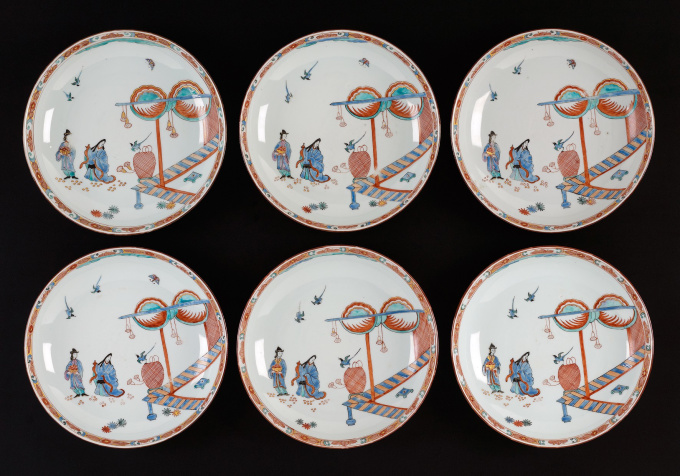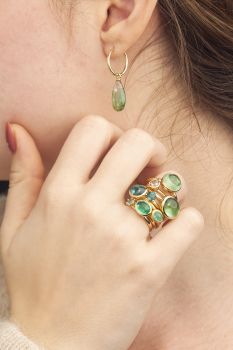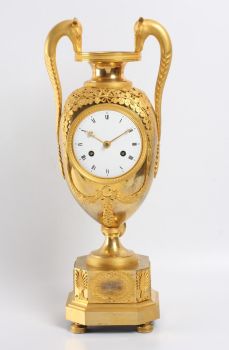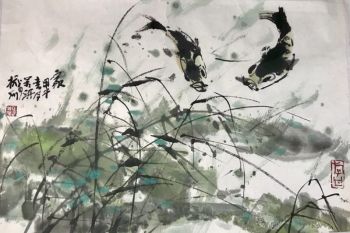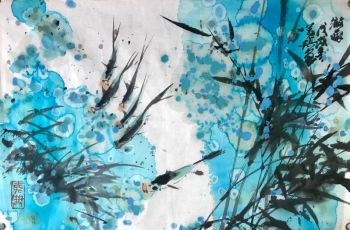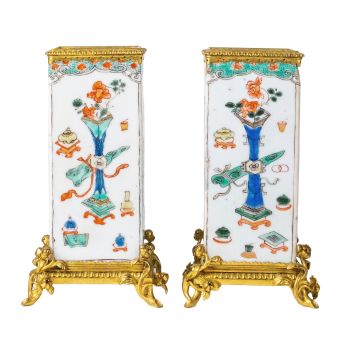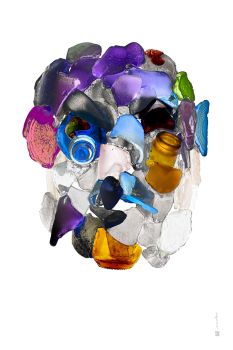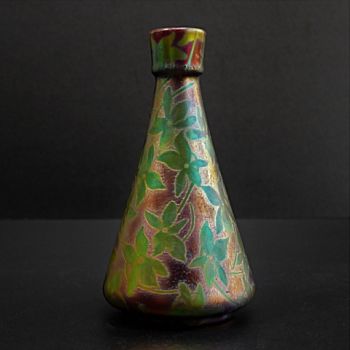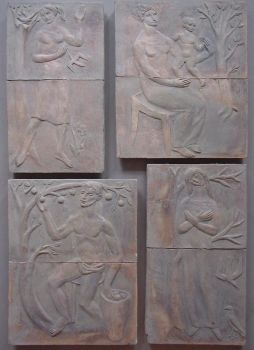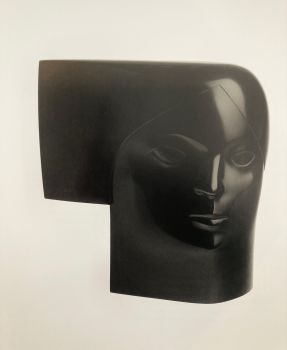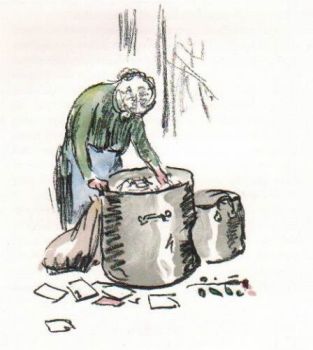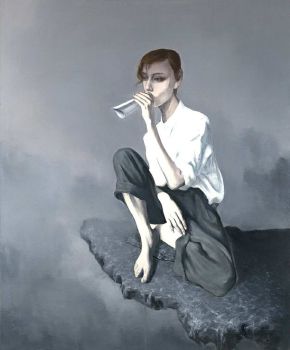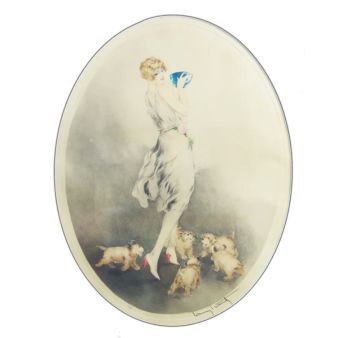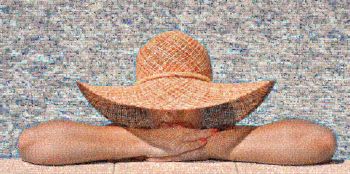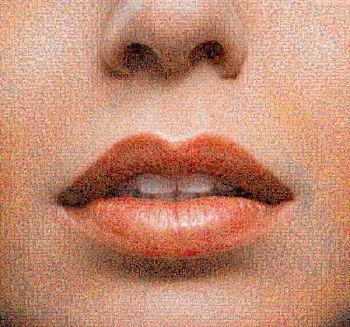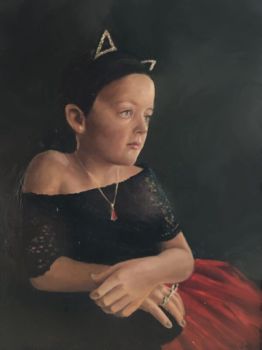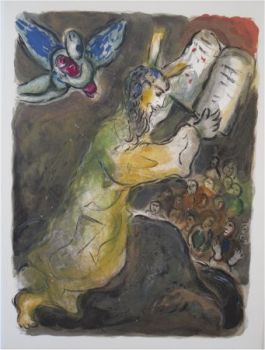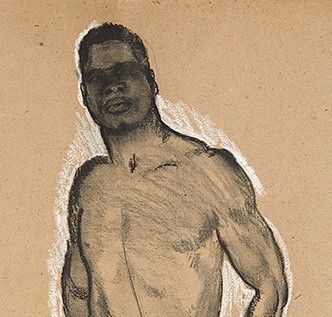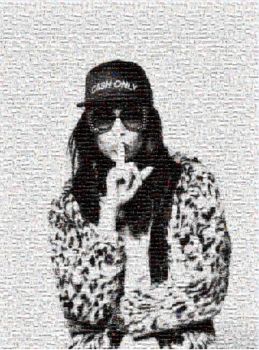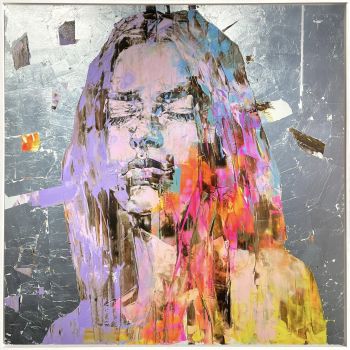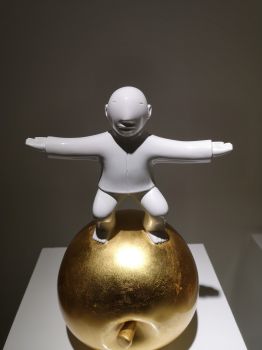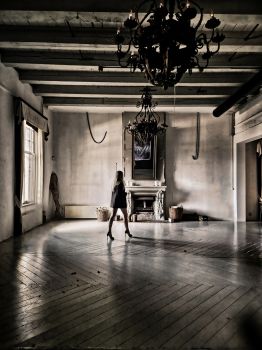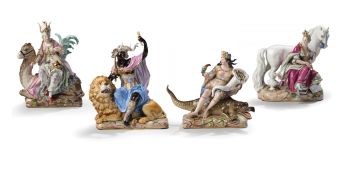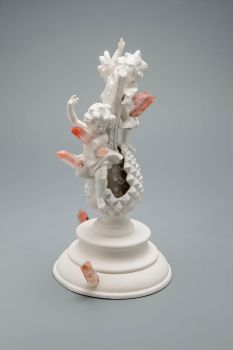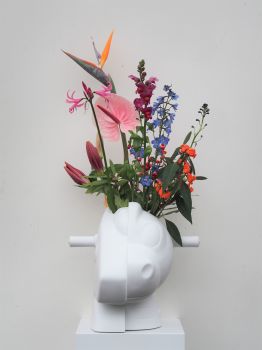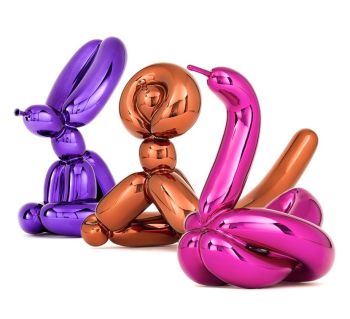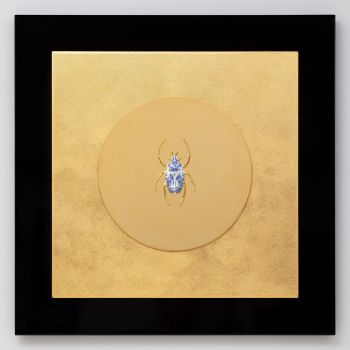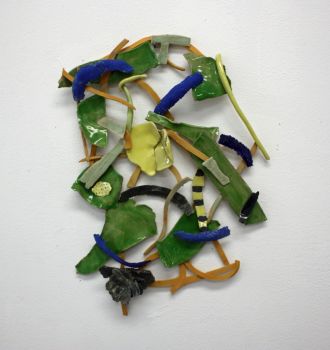Six Dutch Decorated Plates, China 1700
Unknown artist
Porcelain
ø 20 cm
Currently unavailable via Gallerease
- About the artworkThese plates are manufactured in China but decorated in Delft. In contradiction to the name the application of the Amsterdams Bont design was mainly done in Delft. The Kakiemon style is an exceptional European imitation of a typical Japanese decoration with figures. This design is to be found on Arita porcelain from around 1690-1710 and depicts a woman who is listening to a nightingale.
These plates show the elaborated version with an additional male servant.
The design with the lady and the nightingale was very popular through the entire 18th century and was also used in England (Chelsea) and France (Chantilly). Chelsea used the pattern around 1750 where it was known as ‘Lady in the pavilion’ or ‘old lady pattern’.
Literature:
H. Espir, European Decoration on oriental porcelain 1700-1830, p. 85, noot 12. - About the artist
It might happen that an artist or maker is unknown.
Some works are not to be determined by whom it is made or it is made by (a group of) craftsmen. Examples are statues from the Ancient Time, furniture, mirroirs, or signatures that are not clear or readible but as well some works are not signed at all.
As well you can find the following description:
•“Attributed to ….” In their opinion probably a work by the artist, at least in part
•“Studio of ….” or “Workshop of” In their opinion a work executed in the studio or workshop of the artist, possibly under his supervision
•“Circle of ….” In their opinion a work of the period of the artist showing his influence, closely associated with the artist but not necessarily his pupil
•“Style of ….” or “Follower of ….” In their opinion a work executed in the artist’s style but not necessarily by a pupil; may be contemporary or nearly contemporary
•“Manner of ….” In their opinion a work in the style of the artist but of a later date
•“After ….” In their opinion a copy (of any date) of a work of the artist
•“Signed…”, “Dated….” or “Inscribed” In their opinion the work has been signed/dated/inscribed by the artist. The addition of a question mark indicates an element of doubt
•"With signature ….”, “With date ….”, “With inscription….” or “Bears signature/date/inscription” in their opinion the signature/ date/ inscription has been added by someone other than the artist
Related artworks
- 1 - 4 / 12
- 1 - 4 / 6
- 1 - 4 / 24
- 1 - 4 / 24
Unknown artist
A large Japanese Imari porcelain 'VOC Groningen' dish1800 - 1925
Price on requestZebregs & Röell - Fine Art - Antiques
1 - 4 / 24

